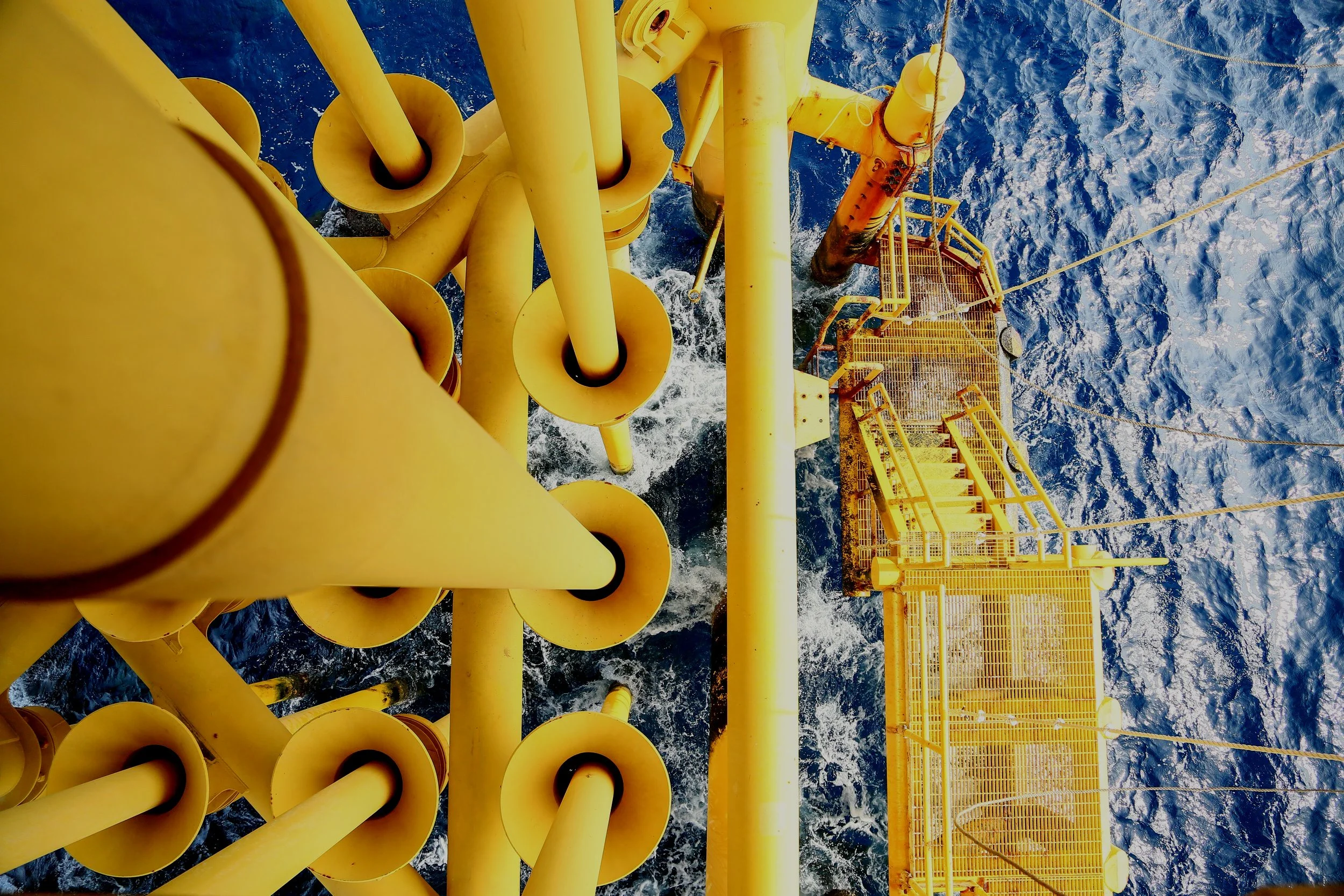
Offshore Energy Transition and the Opportunities for Offshore System Integration
The North Sea region has a vast low-carbon energy potential and is set to take on the role of ‘Europe’s green power plant’. Europe has committed to reducing its emissions by 55% by 2030 and achieving climate neutrality by 2050. This requires a massive rollout of offshore wind capacity, combined with emerging technologies like hydrogen production and carbon capture and storage (CCS) as well as declining activity in gas exploration and production. The North Sea Energy (NSE) research program utilizes the concept of Offshore System Integration (see below) to reduce the costs, time, emissions, space, environmental pressure, and capital needed to realize the central role of the North Sea envisioned in the energy transition.
The North Sea Energy program and its consortium partners aim to identify and assess opportunities for synergies between energy sectors offshore. The consortium is a public-private partnership consisting of a large number of (international) partners and offers new perspectives regarding the technical, environmental, ecological, safety, societal, legal, regulatory and economic feasibility of these options.
Offshore System Integration and Energy Hubs
The North Sea Energy program is based on the concept of Offshore System Integration, assessing the opportunities for synergies between various offshore energy commodities and sectors. This involves the strategic sector coupling of all dominant low-carbon energy developments in the North Sea, including offshore wind deployment, CCS, energy hubs & islands and energy interconnections, hydrogen infrastructure, energy storage, and more. Offshore system integration couples these sectors by integrating infrastructures, services, and logistics and multifunctional use of space (spatial integration).
Energy Hubs are the building blocks and nuclei of offshore system integration in the NSE program. Energy Hubs are envisioned as multi-carrier offshore energy systems consisting of energy production, conversion, and/or storage that are connected to the shore via national (transport) corridors or interconnected internationally. They are also places where several sector coupling activities are undertaken including platform electrification, CO₂ storage, Power2Gas, and (greenfield) natural gas production.
